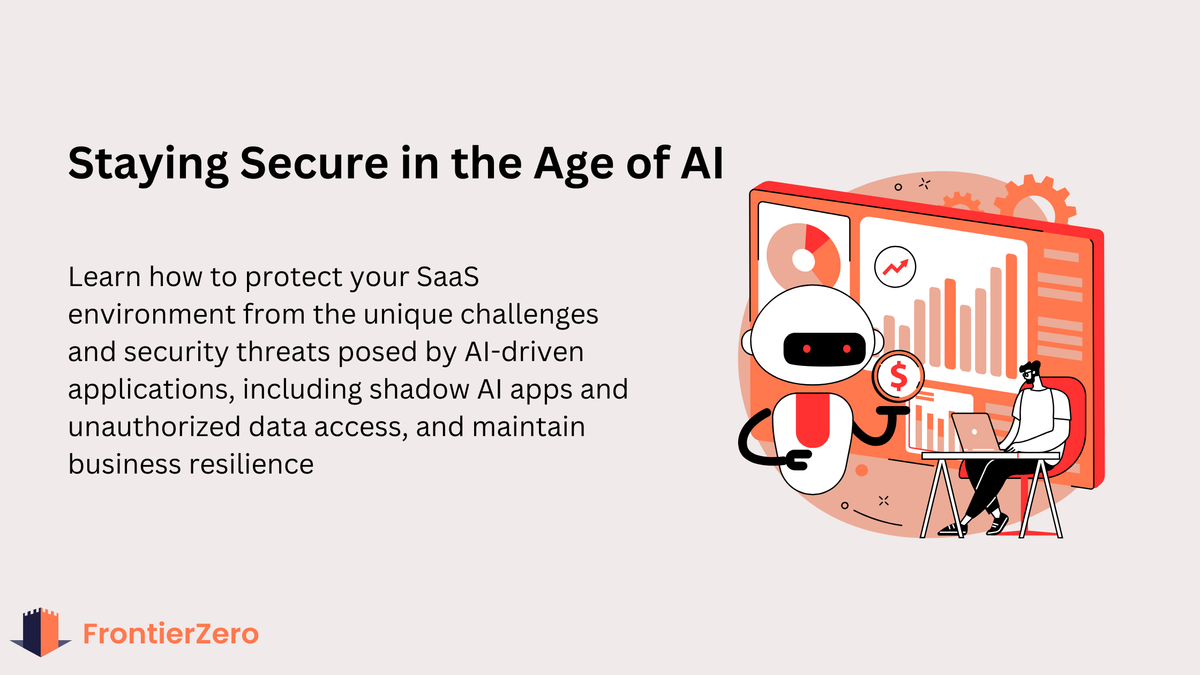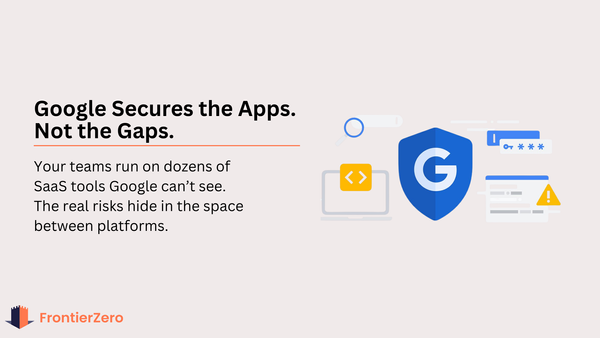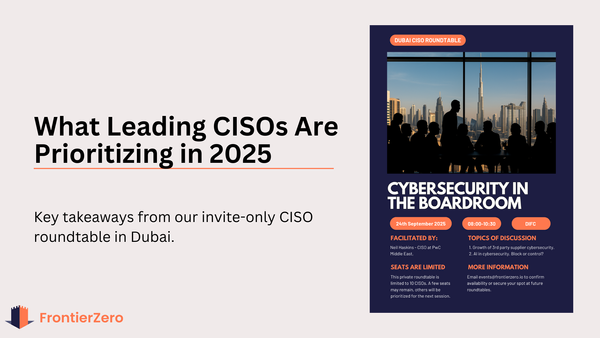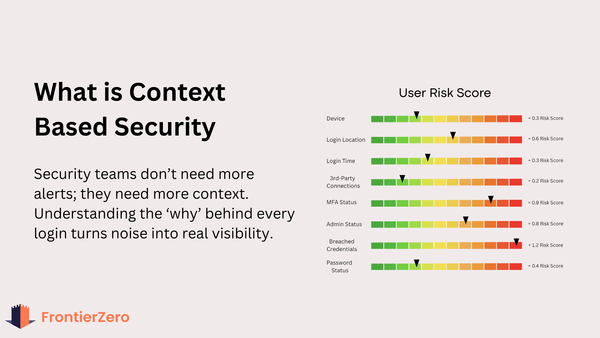Navigating GenAI Risks: Protecting Your SaaS Environment with SSPM
GenAI tools like ChatGPT boost productivity but come with security risks. Learn how SSPM helps safeguard your SaaS environment against data breaches.

Introduction
The rapid adoption of generative AI (GenAI) tools, such as ChatGPT, meeting summary apps, and automated note-takers, has significantly transformed workflows and boosted productivity. However, these powerful tools come with unique security risks that organizations must address to protect sensitive data. Managing these risks effectively requires a robust SaaS Security Posture Management (SSPM) solution.
Understanding SaaS Security in the Era of GenAI
SaaS vendors have invested heavily in enhancing their security capabilities, but organizations are still responsible for managing their side of the shared responsibility model. This includes configuration management, user access oversight, and continuous monitoring. The emergence of GenAI tools has expanded the potential attack surface, adding complexity to SaaS security.
The Risks with AI-Driven SaaS Tools:
GenAI applications, such as ChatGPT and automated meeting summary tools, often need extensive access to company data to provide their full functionality. This data access poses significant risks if not properly managed. Employees might unknowingly upload proprietary or sensitive information to these tools, potentially exposing it to unintended parties or systems.
Examples of Shadow AI Apps:
Shadow IT has been a persistent challenge for security teams, but the rise of AI-driven shadow applications has heightened this risk. Shadow AI apps, including unauthorized meeting assistants, note-taking tools, and brainstorming assistants, can connect to primary SaaS platforms like Zoom or Microsoft Teams, gaining permissions that may lead to data exposure. For example, an employee might use a meeting note-taker that integrates with company calendars and records conversations, inadvertently storing sensitive information on third-party servers.
Imagine this Scenario:
A financial services firm faces a significant data exposure when an employee uses an unauthorized AI-driven meeting assistant. This tool, which automatically summarizes and transcribes meetings, has excessive permissions and accesses more data than intended. The summaries, stored on the tool’s cloud, are later accessed by an unauthorized third party, exposing client information and resulting in compliance violations and reputational damage.
The Impact of AI Breaches on Enterprises
The risk of data leakage and privacy issues becomes even more pronounced with the use of shadow AI applications. For instance, meeting assistants can record confidential discussions, while AI-powered note-takers might store sensitive brainstorming sessions, making them vulnerable targets. These unregulated tools amplify the risk of data breaches and compliance violations, especially when they are used without IT's knowledge or oversight.
The Role of SSPM in Managing GenAI Risks
A comprehensive SSPM solution offers the visibility and control needed to manage GenAI risks effectively. SSPM tools can monitor SaaS app configurations, user permissions, and data flows to help security teams enforce governance and reduce exposure.
Key Capabilities of SSPM for GenAI Risk Management:
- Security Posture Analysis for AI Apps: Assess the security posture of GenAI applications like meeting summary tools and note-takers, assigning a risk score and prioritizing necessary remediation steps.
- AI Configuration Controls: Implement security settings that restrict excessive data access permissions for AI tools, preventing potential data leakage.
- Shadow AI App Discovery: Identify and evaluate unauthorized GenAI applications used by employees, enabling security teams to revoke access or enforce security policies.
- Third-Party App Management: Monitor the permissions and risk levels of connected AI applications, ensuring compliance with security standards.
- Homegrown AI App Security: Apply stringent access controls and secure configuration practices to internally developed AI tools to protect sensitive data.
Moving Forward: Leveraging GenAI Safely
While some organizations may consider restricting the use of GenAI to mitigate risk, this approach is unsustainable as more SaaS platforms incorporate AI features. A better strategy is to implement an SSPM solution that provides comprehensive oversight and control, empowering security teams to manage AI tool usage safely and effectively.
Conclusion:
GenAI tools, including shadow AI apps like meeting assistants and automated note-takers, have the potential to streamline operations but come with inherent risks. By adopting an SSPM solution, organizations can gain the visibility and control needed to minimize these risks and enjoy the productivity benefits of GenAI without compromising security.




